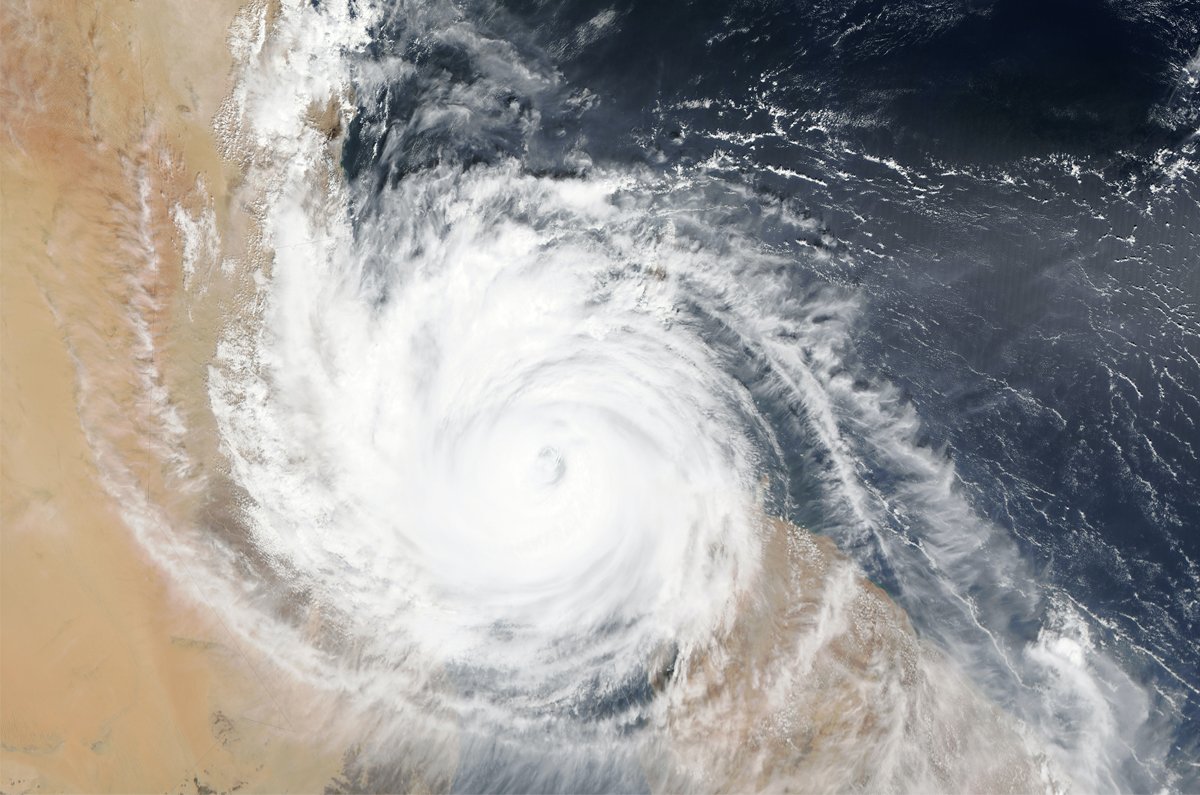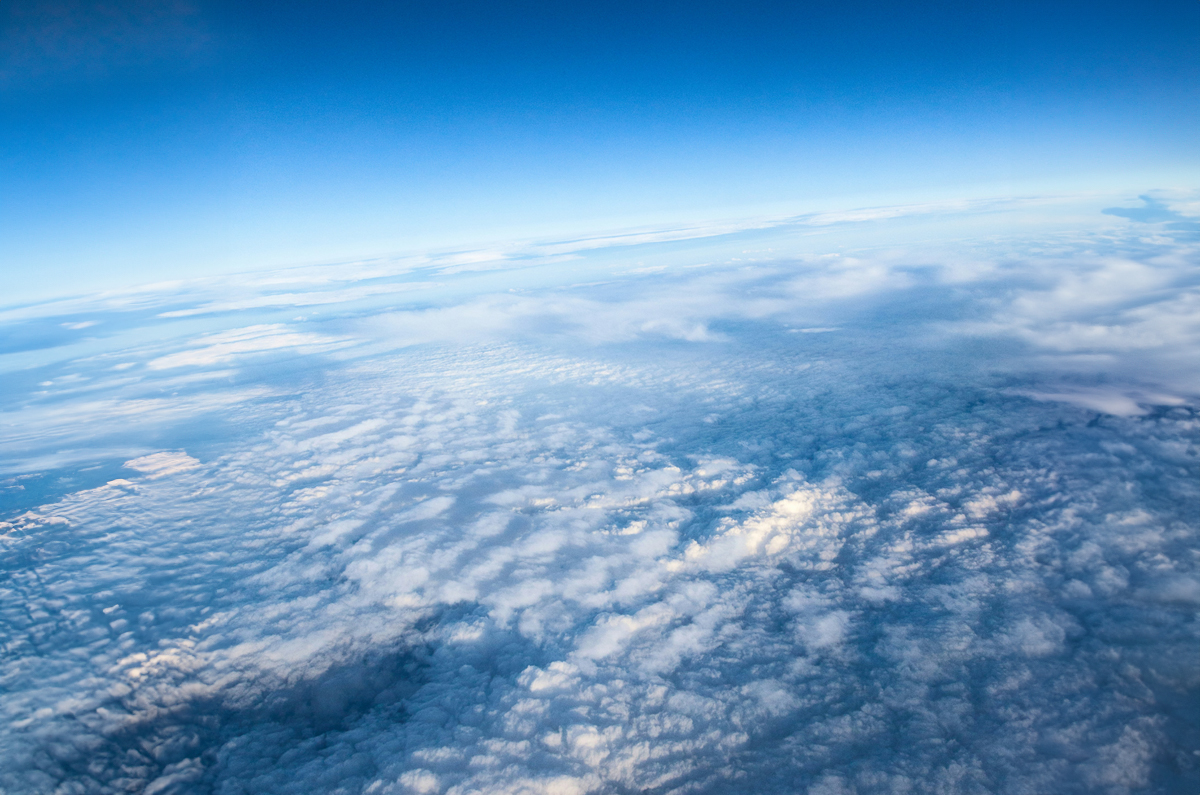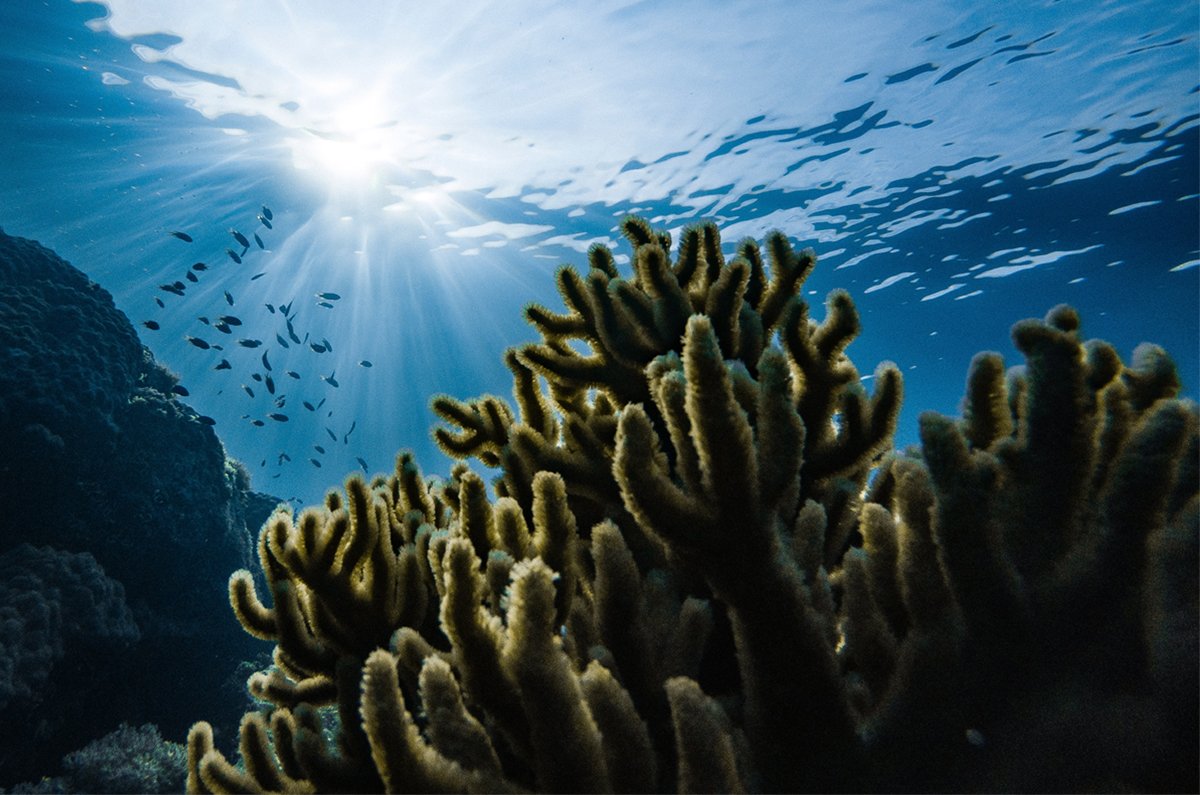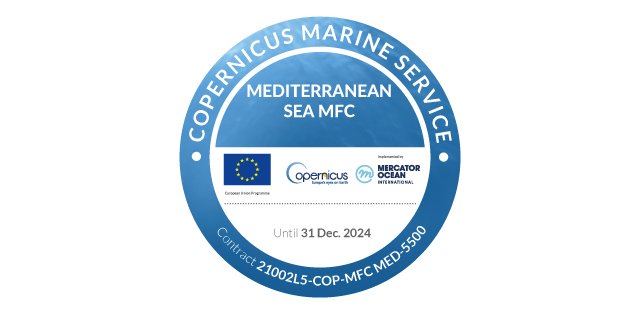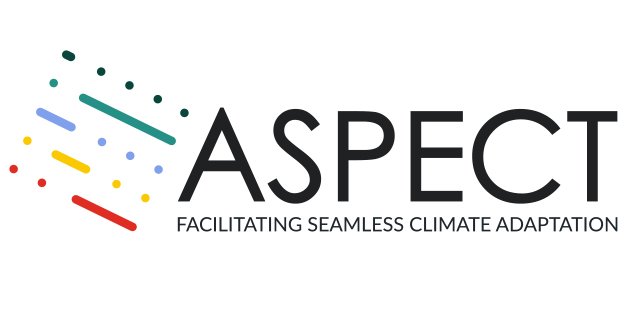The Institute for Earth System Predictions (IESP) is committed to improving the CMCC climate modeling capacities and fostering the transfer of scientific insights into enhanced predictive skills and planning tools. We are committed to advance the understanding of the climate system and of climate changes across multiple spatio-temporal scales in support of local and national response to emerging climate risks.
IESP aims to address societally relevant key questions related to climate science and advance seamless predictions of the earth system from the global to the local scales and from short term to multi decadal time scales in support of scientifically based decision making.
Our Expertise
IESP capacities build on a diversity of dynamical, statistical and data-driven modeling approaches and on R&D activities on Computation Science which include: i) Multi-scale modeling and predictive competencies, from sub-seasonal to multi-decadal ; ii) Global, regional and coastal ocean operational forecasting services; iii) Data assimilation in different components of the climate system (ocean, sea ice, atmosphere, and land); iv) Innovative marine coastal observing, modelling systems and applications; v) Marine and land bio-geochemical modeling; vi) Advanced computing techniques and innovative platform for data analysis and management for an optimal exploitation of numerical models on HPC and cloud architectures; vii) Artificial Intelligence and Machine Learning methods.
In pursuing its scientific vision and ambitious goals, the Institute and its Research Divisions align with the CMCC mission, ensuring that approaches, data, and software adhere to the overall Foundation’s strategy in the context of open science principles.

IESP Publications
Metabolic traits and thresholds to inform marine ecological conservation and restoration
Bosch-Belmar M., Mancuso F.P., Tantillo M.F., Russi M., Piermattei V., Piazzolla D., Madonia A., Marcelli M., Sarà G.
2025, Journal of Applied Ecology, doi: 10.1111/1365-2664.70049
Model and observation-error covariance matrix information in the physical nudging equations
Conti G. , Van Leeuwen P.J., Anderson J.
2025, Quarterly Journal of the Royal Meteorological Society, doi: 10.1002/qj.4979
Separation Timescales of Vertically Migrating Zooplankton and Other (a)Biotic Materials in the Benguela System
Manral D., Gómez-Navarro L., Denes M.C., Iovino D., Fogli P. G. , Masina S., Hernández-Carrasco I., Amaral-Zettler L., Vichi M., van Sebille E.
2025, Journal of Geophysical Research: Oceans, Volume 130, Issue 4 - Article number e2024JC021701, doi: 10.1029/2024JC021701


